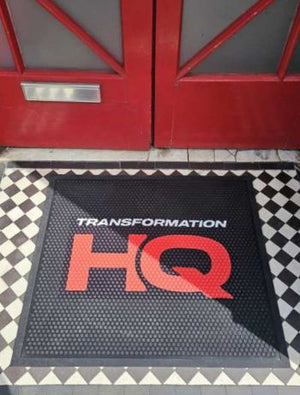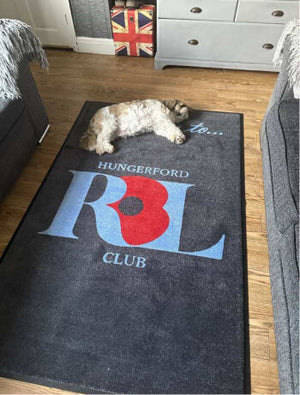Key Advantages of Industrial Floor Stencils
One of the main benefits of Industrial Floor Stencils is their reusability. Made from durable, laser-cut PVC, these stencils can be used multiple times, providing excellent long-term value.
This makes them a cost-effective alternative to single-use signage or professionally painted floor markings. Their sturdy construction ensures they withstand industrial environments, allowing for precise, clear markings every time.
Another significant advantage is their versatility. Our range includes letters and numbers for custom messages, directional arrows, pedestrian pathway markers, and essential safety signs such as "No Parking" or "Keep Out." These stencils allow businesses to create customised floor markings suited to their specific requirements. Whether for queue management, restricted areas, or navigation aids, Industrial Floor Stencils offer an efficient and professional solution for marking any workspace.



















